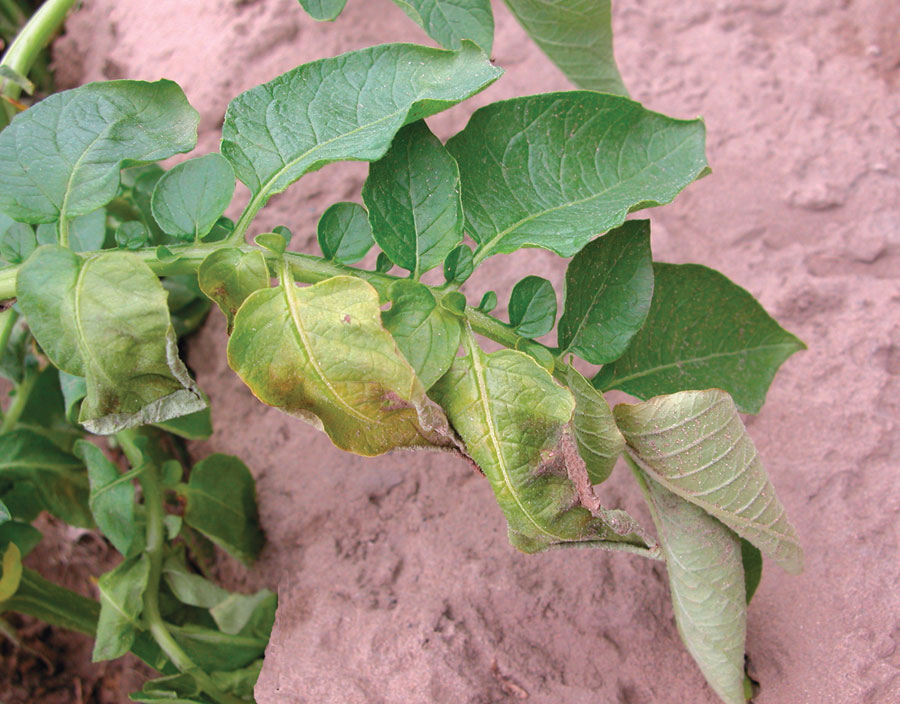This article explores the plant disease known as Verticillium wilt, caused by Verticillium dahliae, and its potential impact on various agricultural crops. We will analyze the latest data on Verticillium wilt, including its development, symptoms, and consequences for crops. Furthermore, we will provide strategies for farmers, agronomists, and agricultural engineers to manage and prevent the spread of Verticillium wilt in their crops.
Verticillium wilt caused by Verticillium dahliae is a significant concern for farmers globally, as it affects various crops such as tomatoes, peppers, cotton, potatoes, and strawberries. According to recent data from the University of California, the disease can cause yield losses of up to 50%, leading to substantial financial losses for farmers.
The development of Verticillium wilt is affected by various factors such as soil type, irrigation practices, and temperature. The fungus enters the plant through the roots and moves upward through the stem, eventually causing significant damage to the plant. Symptoms of Verticillium wilt include yellowing and wilting of leaves, stunted growth, and premature death of the plant.
There are several strategies farmers can use to manage and prevent the spread of Verticillium wilt in their crops, such as crop rotation, soil solarization, and fumigation. Additionally, using Verticillium wilt-resistant crop varieties and implementing good crop management practices can help reduce the risk of the disease spreading.
In conclusion, Verticillium wilt is a severe threat to agricultural crops globally, leading to significant yield losses and financial losses for farmers. It is essential for farmers, agronomists, and agricultural engineers to work together to implement effective management strategies to prevent the spread of Verticillium wilt and minimize its impact on agricultural production.
#VerticilliumWilt #VerticilliumDahliae #AgriculturalCrops #CropManagement #DiseasePrevention #CropRotation #Fumigation #SoilSolarization #AgricultureResearch #Farmers #Agronomists #AgriculturalEngineers
